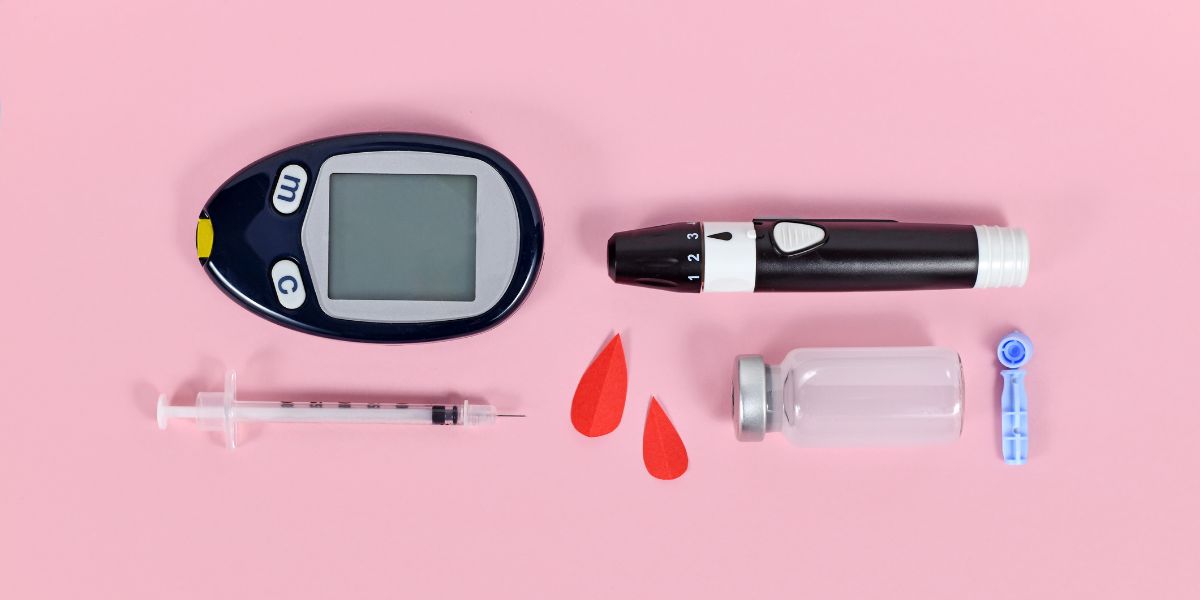A diagnosis of diabetes can be a big shock. Type 2 diabetes is becoming more common in children and teens but is still relatively rare.
We look at the steps you can take to manage your diabetes and lead a healthy life.
Am I at risk of type 2 diabetes?
Whilst type 2 diabetes before adulthood is relatively rare, if you are obese, you will have an increased risk of type 2 diabetes.
If you have any members of your close family with type 2 diabetes or are of South Asian heritage, this also raises the risk of developing type 2 diabetes.
How do I know whether I have type 2 diabetes?
Type 2 diabetes is characterised by high blood sugar levels and the symptoms of high sugar levels include increased thirst and hunger, frequent lethargy, needing to wee more often than usual and areas of dark skin on the neck or armpits.
Will I have type 2 diabetes for the rest of my life?
Sadly type 2 diabetes doesn’t have a cure so people if you develop type 2 diabetes you will need to manage it for the rest of your life. With this said, it is possible not to have to be on medication for life.
If you can achieve a healthy weight, it may be possible to come off medication and manage your diabetes through healthy eating and exercise.
How do I get my blood glucose levels under control?
Making healthy food choices and taking part in an hour’s physical activity each day should help to lower your blood sugar levels.
These steps will also help in other ways such as being beneficial for the health of your heart.
You may also be given medication to help bring your sugar levels under control.
A common form of medication is a tablet called metformin which works by limiting your liver from raising your blood sugar levels.
If your blood glucose levels are high, you may be prescribed insulin to inject which is a more powerful medication for lowering blood sugar levels.
- Read more on starting insulin
Monitoring blood sugar levels
Your diabetes team will carry out checks at least once each year to see how high your blood sugar levels are. If you are put onto insulin, you may need to test your blood sugar levels at home. Testing blood sugar levels is not the most pleasant activity but does it get better and easier with time.
Eating a healthy diet
Eating healthily is one of the best ways to get blood sugar levels under control and can also help you to lose weight.
- Eat regular home prepared meals
- Eat 5 portions or more of vegetables and fruit
- Replace unhealthy snacks with natural snacks
- Avoid fried foods and sugary foods
- Pick foods with a low GI
Many processed foods, including packaged sandwiches have higher calorie contents than home prepared versions. It’s best to avoid snacks such as crisps, muffins and chocolate. These foods may satisfy your hunger initially but can often make you hungry again soon after.
Having natural snacks such as fruit or carrot sticks are much healthier and may prevent your hunger returning before the next meal.
As you’d expect, fried and sugary foods are amongst the worst foods for our health and our weight and should be avoided where possible. Low GI foods are those which take a longer time to get fully digested.
For example whole grain bread has a lower GI than white bread as the body takes longer to digest it.
This means that lower GI foods don’t push our blood sugar levels up as severely as high GI foods.
- Read more on low GI foods
Losing weight
Losing weight has been shown to help improve blood sugar levels and could help you to avoid or come off diabetic medication.
Losing weight can be made easier with help from your family. Taking part in outdoor activities, having home cooked meals and eating away from distractions, such as the TV, provide a better chance of achieving weight loss.
Your doctor may also be able to help by putting you onto an exercise or slimming course





